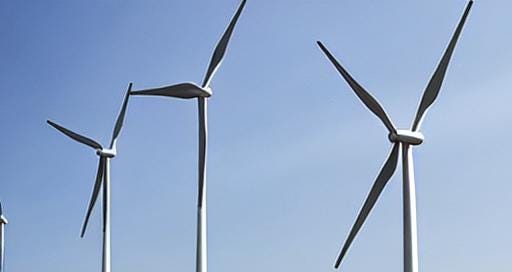The climate change agenda is a scam, part IV - Wind Energy
Wind energy is inefficient, uses unsustainable, hazardous materials, and has a negative impact on wildlife. This is a review of all facts on it that everyone should read.
We're getting used to seeing wind turbines. This type of energy generation is marketed as environmentally friendly and clean. Is it?!
Most people are unaware that building wind turbines has a negative impact on the environment, which includes mining and the use of child labour. Steel is an important component of wind turbines, but its production is a sig…
Keep reading with a 7-day free trial
Subscribe to genuineprospect to keep reading this post and get 7 days of free access to the full post archives.




